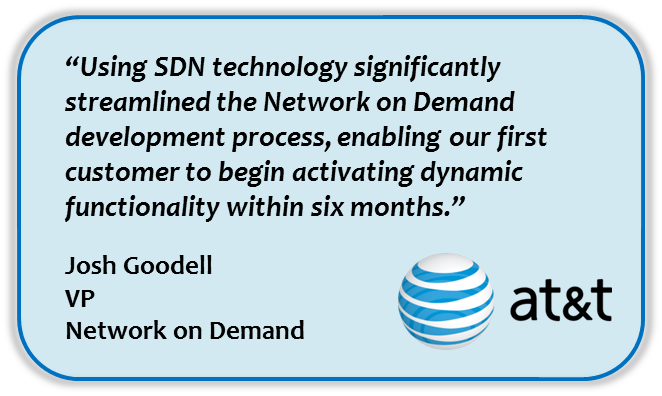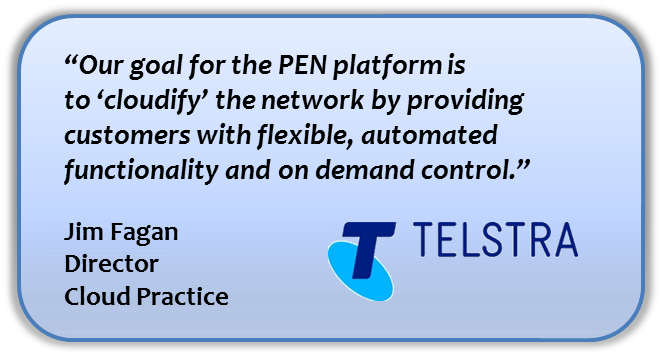25 Feb The Transition to Dynamic Ethernet Services
Vertical Systems Group projects growing market demand for Dynamic Ethernet services that enable customers to directly control their network resources on demand (e.g., via API-driven portals). Dynamic Ethernet services are a direct benefit of the industry transition that’s underway as network operators implement new SDN-based service architectures to improve operations and lower equipment costs. Additionally, these software defined architectures provide the flexible, scalable platforms that are essential for the delivery of new Dynamic Network Connectivity Services.
We are actively tracking the development of the Dynamic Ethernet market, including the availability of new service offerings. A number of Carrier Ethernet providers in the U.S., Europe and the Asia/Pacific region have deployment plans or proof of concept initiatives slated for this year or in 2017. Some of the major Ethernet providers have no plans at this time to offer dynamic services. Companies already generating revenue from Dynamic Ethernet services include AT&T, Level 3 and Telstra.
In the U.S., AT&T and Level 3 lead the Dynamic Ethernet services market. These are the top two of the nine companies ranked on Vertical Systems Group’s 2015 U.S. Carrier Ethernet LEADERBOARD. To date, AT&T and Level 3 are the only U.S. LEADERBOARD-ranked companies delivering Dynamic Ethernet services.
![]() Want more info? Listen to replay of our recent webinar:
Want more info? Listen to replay of our recent webinar:
New Dynamic Network Services Powered by CE 2.0, LSO, SDN and NFV
 AT&T launched dynamic capabilities for customers in 2014 with its Switched Ethernet Service (ASE). Service functionality is enabled by the company’s SDN-based Network on Demand platform. AT&T’s Switched Ethernet Service is available in 170 U.S. markets. “Using SDN technology significantly streamlined the Network on Demand development process, enabling our first customer to begin activating dynamic functionality within six months,” said Josh Goodell, VP Network on Demand at AT&T.
AT&T launched dynamic capabilities for customers in 2014 with its Switched Ethernet Service (ASE). Service functionality is enabled by the company’s SDN-based Network on Demand platform. AT&T’s Switched Ethernet Service is available in 170 U.S. markets. “Using SDN technology significantly streamlined the Network on Demand development process, enabling our first customer to begin activating dynamic functionality within six months,” said Josh Goodell, VP Network on Demand at AT&T.
L evel 3 offers Dynamic Capacity Service on its SDN-based Adaptive Network Control platform. Dynamic Capacity was one of the first services to enable Ethernet customers to scale bandwidth on-demand when it was introduced in 2012 by tw telecom. After the company was acquired in 2014, the technology was integrated onto the Level 3 platform. Dynamic Capacity is available in more than 85 markets across the U.S., Canada and EMEA. “Delivering dynamic services is a major evolution for network providers that Level 3 has delivered on, but also for customers as they make the transition to interactive connectivity for their IT applications,” said Adam Saenger, VP Global Product Development & Management at Level 3.
evel 3 offers Dynamic Capacity Service on its SDN-based Adaptive Network Control platform. Dynamic Capacity was one of the first services to enable Ethernet customers to scale bandwidth on-demand when it was introduced in 2012 by tw telecom. After the company was acquired in 2014, the technology was integrated onto the Level 3 platform. Dynamic Capacity is available in more than 85 markets across the U.S., Canada and EMEA. “Delivering dynamic services is a major evolution for network providers that Level 3 has delivered on, but also for customers as they make the transition to interactive connectivity for their IT applications,” said Adam Saenger, VP Global Product Development & Management at Level 3.
 In the Asia/Pacific region, Telstra launched Bandwidth on Demand service in 2015 on the SDN-based PEN platform, which includes technology from its acquisition of Pacnet in 2014. Bandwidth on Demand is available at Telstra’s points of presence in 8 countries. “Our goal for the PEN platform is to ‘cloudify’ the network by providing customers with flexible, automated functionality and on demand control,” said Jim Fagan, Director, Cloud Practice at Telstra.
In the Asia/Pacific region, Telstra launched Bandwidth on Demand service in 2015 on the SDN-based PEN platform, which includes technology from its acquisition of Pacnet in 2014. Bandwidth on Demand is available at Telstra’s points of presence in 8 countries. “Our goal for the PEN platform is to ‘cloudify’ the network by providing customers with flexible, automated functionality and on demand control,” said Jim Fagan, Director, Cloud Practice at Telstra.
Additional research and in-depth analysis on Dynamic Network Connectivity Services is available to subscribers of Vertical Systems Group’s ENS Research Programs. Follow @VerticalSys on Twitter to receive alerts on new research content. Contact us for more information.
